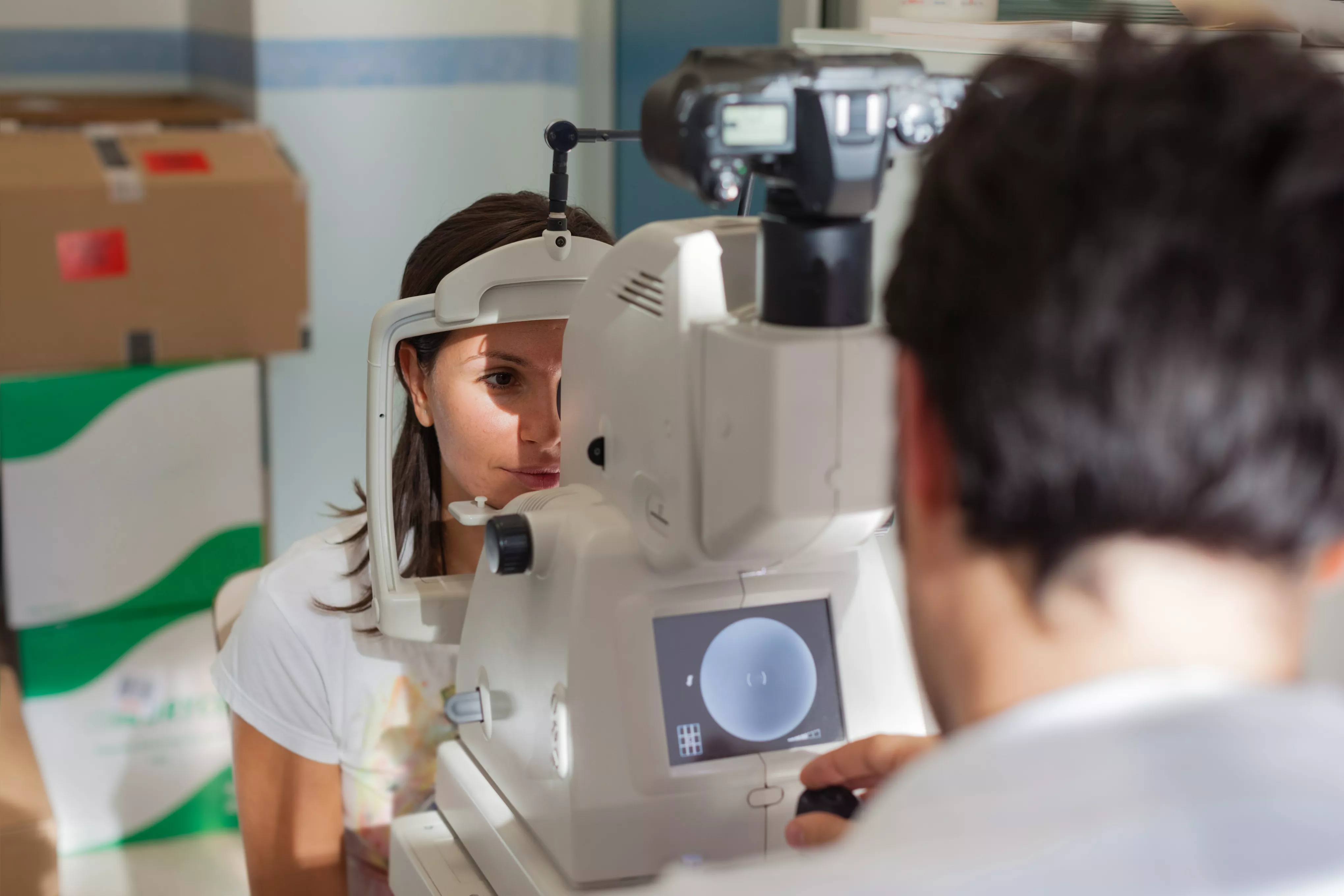
Our scientists have been studying what goes on in the cells in our eyes, to uncover new ways to tackle sight loss in people with diabetes. Their findings have revealed that a medicine called KR can improve the eyesight of mice with diabetes, by reversing the damage caused by high blood sugar levels.
People living with diabetes are at a higher risk of problems with their sight through a complication called retinopathy. There’s currently no way to reverse it, but we’re funding vital research to find out more about how it develops and how to intervene sooner.
What is retinopathy?
Our cells need lots of energy to keep working. This energy is produced by mitochondria which act like a cells’ battery. If mitochondria stop working, they’re usually quickly recycled and replaced by new ones, like replacing a battery.
Scientists have found that diabetes increases the number of damaged mitochondria and also makes them harder to mend. In retinopathy, damaged mitochondria build up on the area at the back of the eye called the retina, which causes inflammation and nerve damage, putting people in danger of sight loss.
With our funding, Dr Jose Romero and his team have been studying mitochondria in mice with diabetes. They’ve found evidence that a new medicine called Kinetin Riboside, or KR, may help their cells to repair mitochondria, improve their eyesight and help them live longer. In their latest research, they’ve been delving deeper into how the new medicine does this.
Getting stuck
To understand why damaged mitochondria build up on the retina, our scientists took a careful look at retinas from mice and people with diabetes. They found that high sugar levels make mitochondria stick together so tightly that the recycling process stops happening as it should. And this speeds up the progression of retinopathy.
Next, the team mimicked this in retina cells grown in the lab, so they could figure out exactly how KR works. They found that it kicks the recycling process back into action, unsticking the mitochondria from each other. This allows them to be broken down and replaced properly again.
To check their findings, the team put KR into drinking water for mice with diabetes. They found that the mice’s eyesight dramatically improved. KR seemed to protect their retinas from nerve damage caused by a build-up of damaged mitochondria, even though the mice still had very high blood sugar levels.
Looking ahead
Current treatments for retinopathy are incredibly limited, invasive, and only work when sight has already started to be affected. We also don’t have any treatments that can reverse the damage. While more research is needed to confirm their findings, Dr Romero and his team’s work could give scientists new routes to tackle retinopathy.
Harnessing the potential of medicines like KR could lead to urgently-needed new treatments, like eyedrops, for people with diabetes that could be given before retinopathy progresses too far, to undo the damage and save their sight.
You can read the full paper in Nature Communications here.
